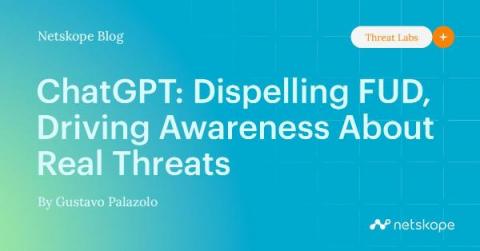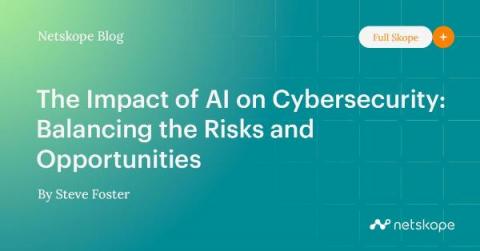OpenAI (ChatGPT) Vulnerability Remediation Concept Work
OpenAI is an artificial intelligence research laboratory that surprised the world with ChatGPT. It was founded in San Francisco in late 2015 by Sam Altman and Elon Musk, and many others. ChatGPT grabbed 1M people's attention in the first six days, and unbelievable AI & Human conversations screenshots are still getting shared. We couldn't resist more to see how OpenAI can help developers and application security teams by sharing remediation guidance. Many application security teams manage millions of security issues on Kondukto, which would eventually save them hundreds of hours.







